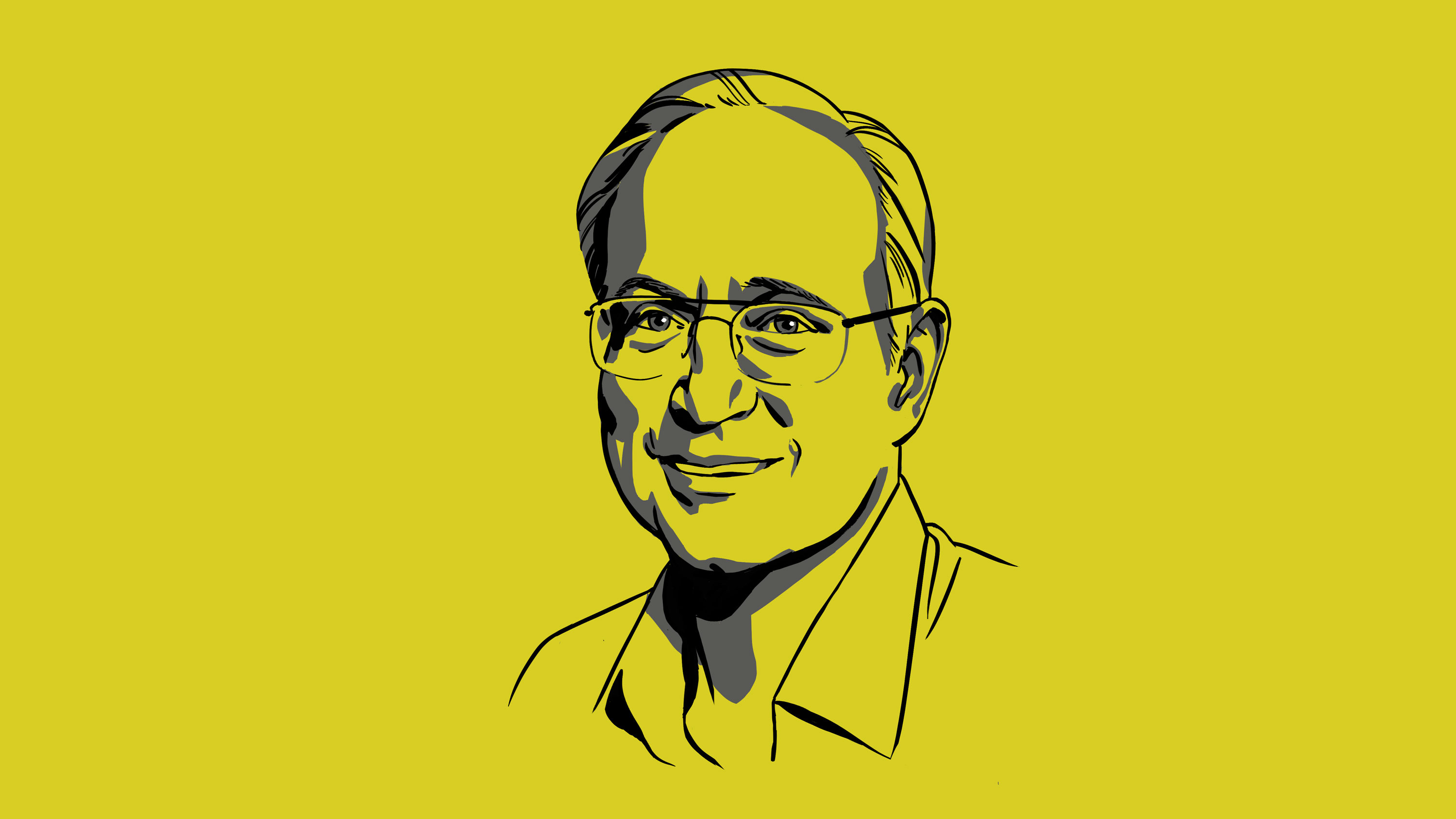
At the 1964 Fall Joint Computer Conference, a UC Berkeley physics student named Butler Lampson received a tip: find the unmarked door in Cory Hall. Behind it, he saw Peter Deutsch, an undergrad, feeding tape into an SDS 930 minicomputer that would become Project Genie—one of the world’s first computer time-sharing systems. Lampson soon ditched physics for computer science to sign on.
By 1971, Lampson and other Genie alumni had been recruited to the new Xerox Palo Alto Research Center to build the “office of the future.” Instead of having workers share a mainframe, they envisioned a “single-user machine” with software supporting basic applications. A year later, they unveiled the Alto—a personal computer for non-programmers. It used a TV for a monitor and had a keyboard, a mouse, and a graphical interface that let users click on desktop icons and menus instead of inputting text commands.
Soon, they’d built the first tools for drawing and editing bitmap images and a program that let users edit and format text without having to code--—the first what-you-see-is-what-you-get (WYSIWYG) text editor. An operating system designed by Lampson coordinated communication between the PC’s software and hardware, which included a newly invented laser printer, while a local area network called “Ethernet” (conceived by Bob Metcalfe ’68) connected Altos to each other.
Lampson was honored with the Turing Award in 1992 for his role in the development of the PC. Having also collaborated on foundational papers in distributed systems security architecture, he’s now an adjunct professor at CSAIL, where he ponders the possible impacts of the automation revolution (no one really knows what they’ll be, he says) and thinks about cybersecurity questions like how to keep internet--connected devices from getting hacked. “It’s a more exciting time to be in the field than it used to be,” he says.
Keep Reading
Most Popular
Large language models can do jaw-dropping things. But nobody knows exactly why.
And that's a problem. Figuring it out is one of the biggest scientific puzzles of our time and a crucial step towards controlling more powerful future models.
The problem with plug-in hybrids? Their drivers.
Plug-in hybrids are often sold as a transition to EVs, but new data from Europe shows we’re still underestimating the emissions they produce.
How scientists traced a mysterious covid case back to six toilets
When wastewater surveillance turns into a hunt for a single infected individual, the ethics get tricky.
Google DeepMind’s new generative model makes Super Mario–like games from scratch
Genie learns how to control games by watching hours and hours of video. It could help train next-gen robots too.
Stay connected
Get the latest updates from
MIT Technology Review
Discover special offers, top stories, upcoming events, and more.